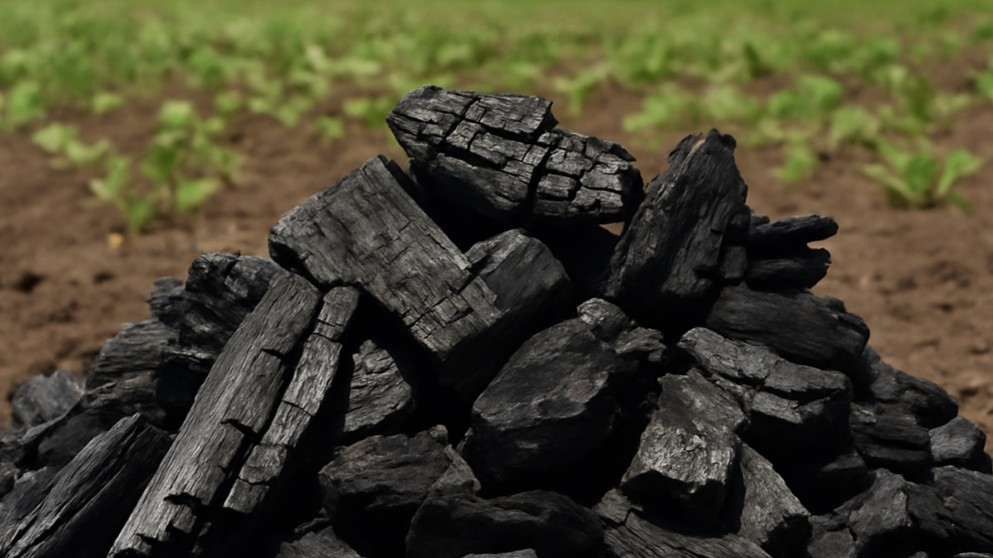Nova Scotia farmers are turning to charred wood—also known as biochar—as a new way to improve soil, strengthen crops, and reduce carbon emissions. This sustainable method uses local forestry and agricultural waste to create a soil additive that benefits both farming and the environment.
What Is Charred Wood, or Biochar?
Biochar is produced by heating organic materials like wood chips, branches, or crop leftovers in a low-oxygen environment—a process known as pyrolysis. The result is a porous, carbon-rich substance that can be added to soil to improve its quality and water-holding capacity.
Unlike ash or regular charcoal, biochar is stable and doesn’t break down quickly. It can remain in the soil for hundreds or even thousands of years, locking carbon in place and helping reduce greenhouse gas levels.
Why Nova Scotia Is Paying Attention
With a strong forestry sector and a growing demand for sustainable farming, Nova Scotia is well-positioned to benefit from charred wood. Forest debris left behind after storms, sawmill waste, and other biomass sources can all be converted into biochar instead of being burned or sent to landfills.
Recent pilot projects in the province show biochar may offer practical benefits for soil health, crop growth, and climate resilience.
Benefits of Using Charred Wood on Farms
- Improves soil structure: Biochar makes soils more porous, helping roots grow and improving aeration.
- Enhances water retention: Its sponge-like texture helps soil hold water during dry periods.
- Reduces fertilizer needs: Biochar holds nutrients in place, preventing leaching and making them available to plants longer.
- Supports soil microbes: Beneficial organisms thrive in the micro-pores of biochar.
- Stores carbon: Using charred wood traps carbon in the soil for centuries, contributing to climate change mitigation.
Challenges to Keep in Mind
While the benefits are promising, charred wood isn’t a one-size-fits-all solution. Here are some challenges:
- Cost: High application rates (e.g., 10 tonnes per hectare) can be expensive, especially for low-value crops.
- Effectiveness varies: Results depend on soil type, crop, and the kind of material used to make the biochar.
- Limited availability: Local production facilities are still scaling up to meet demand.
What Nova Scotia Farmers Should Know
If you’re considering using biochar, here are some steps to get started:
- Start small: Try it on a test plot before scaling up.
- Blend it well: Mix biochar into the soil or compost to avoid surface loss.
- Choose the right feedstock: Wood-based biochar is preferred for agricultural use.
- Look for funding: Explore grants or pilot programs that offset costs.
- Buy local: Use locally produced biochar to reduce emissions and support the regional economy.
A Growing Opportunity for Farming and Climate
Charred wood could play a significant role in Nova Scotia’s approach to climate-friendly agriculture. With local projects underway and more farmers becoming aware of its potential, biochar may soon become a regular part of sustainable soil management in the province.
By turning waste wood into a valuable farm input, Nova Scotia can support both healthy crops and a healthier planet.
